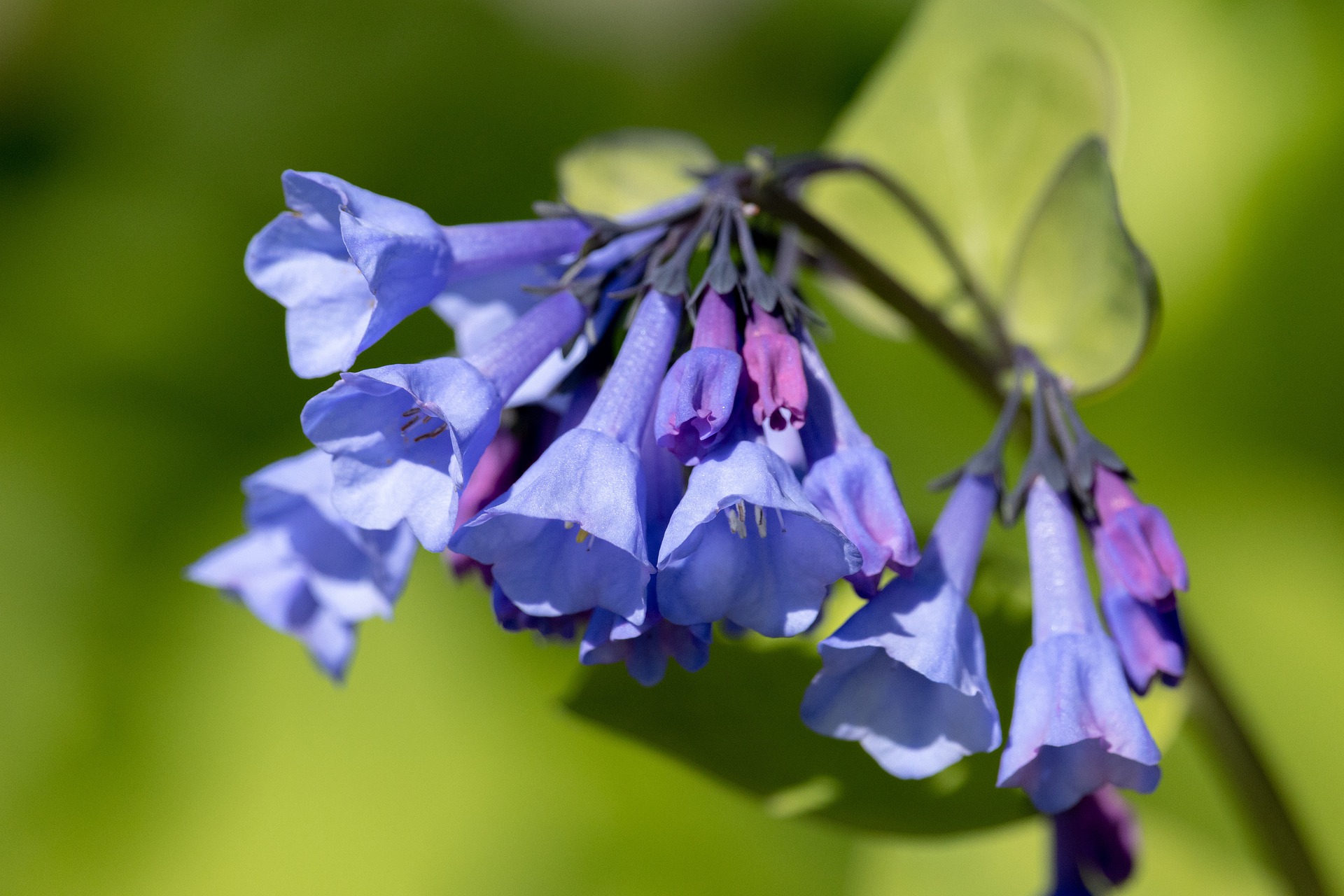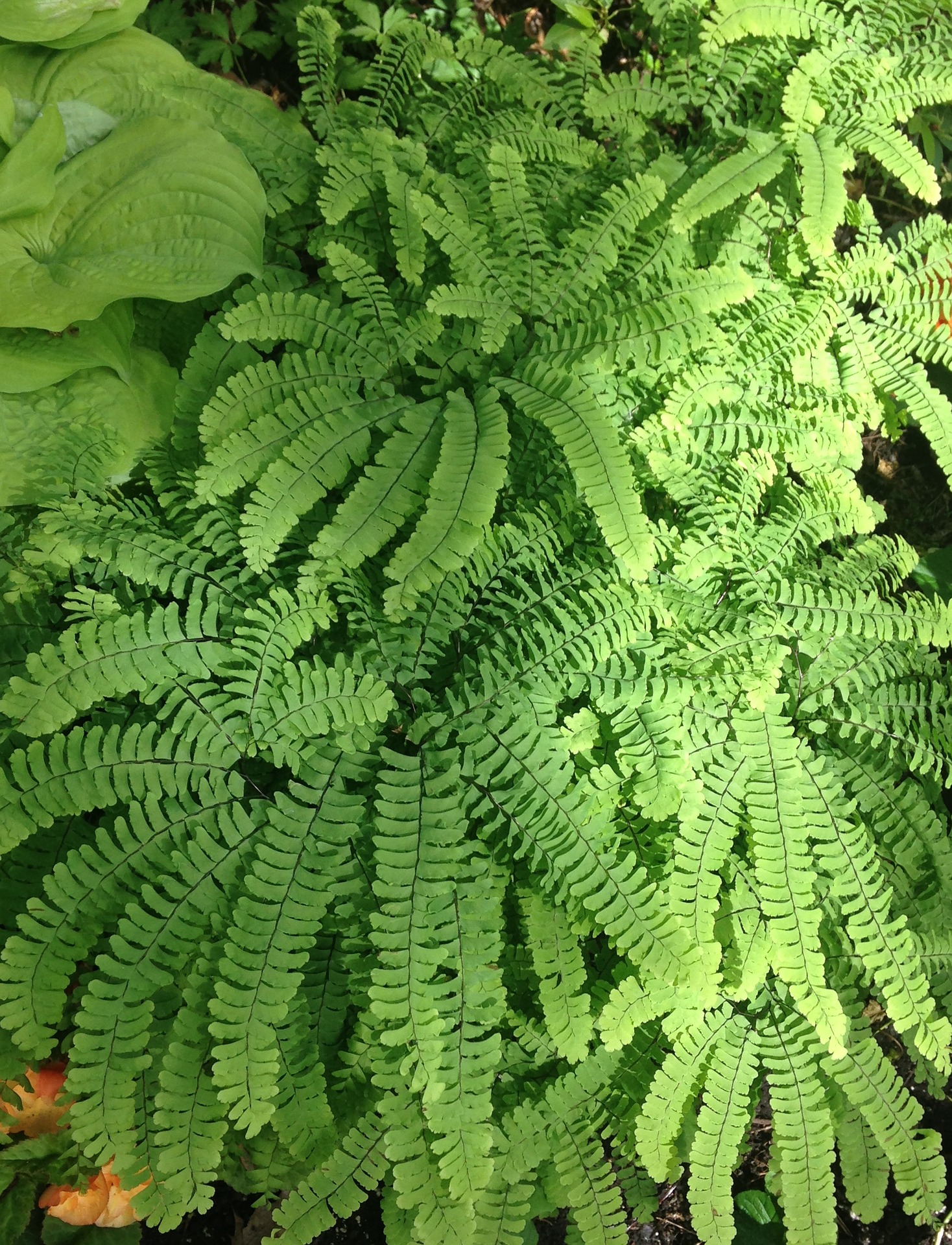Dry shade is one of the most difficult planting situations that any gardener faces. Think of areas under trees or against the walls of a house. Here is advice on how to deal with this challenge, as well as the best native flowers and foliage plants for dry, shady areas.
Dry Shade Under Trees
Large trees, especially maples, have tough, fibrous roots which form a dense, tangled mat that is difficult at best to dig through and they compete with any plants growing underneath. Many frustrated gardeners have resorted to using a mattock to hew out planting holes amid the surface roots.
Oak and ash trees have relatively deep roots compared to maples, making it somewhat easier to dig planting holes.
The canopy of a mature tree acts like an umbrella, keeping rain from reaching the ground. Any moisture that does make it through is quickly absorbed by greedy tree roots leaving smaller ornamentals parched.
3 Ways to Deal With Dry Shade
There are several ways to deal with this dilemma.
- Dig a wide hole for each plant, removing the competing tree roots, and replacing them with rich compost to give your new plants a good head start.
- Raise the level of the soil by adding amendments on top of the roots, making a shallow raised bed. Eventually those thirsty tree roots will find their way to the enriched areas, but by then the plantings should be established enough to compete. To limit any harm to the tree, leave 6 to 8 feet out from its base unplanted.
- Select the right plants. It takes a tough native plant to not only survive but actually thrive in dry shade. Since dry shade mimics their natural setting, native woodland plants are well-suited for growing under trees.
 Painted trillium is just one of the flowering native plants that grow well in dry shade.
Painted trillium is just one of the flowering native plants that grow well in dry shade.
Best Plants for Dry Shade
These native plants will start off the garden in the spring …
- Wild ginger,
- bunchberry,
- spring beauty,
- trillium,
- tiarella,
- blood root,
- Canada mayflower,
- wild bleeding heart,
- Virginia bluebells, and
- Solomon’s seal

Virginia bluebells are a very popular native plant to start off spring.
 Many of the early flowering shade lovers are ephemeral and will disappear when summer approaches. Bloodroot (above) keeps its attractive foliage all season.
Many of the early flowering shade lovers are ephemeral and will disappear when summer approaches. Bloodroot (above) keeps its attractive foliage all season.
These native plants then add color across the season to a dry, shady garden …
- Columbine,
- celandine poppies,
- rue anemone,
- wood asters,
- Jacob’s ladder,
- heuchera, and
- woodland phlox
 You can grow native red columbine or choose a fancy hybrid. Most are hardy to zone 3, and all attract hummingbirds!
You can grow native red columbine or choose a fancy hybrid. Most are hardy to zone 3, and all attract hummingbirds!
- Two goldenrods—wreath goldenrod and downy goldenrod—commonly grow in sunny dry spots but actually prefer a shaded location.
- For light shade try black cohosh, or Geranium maculatum, a perennial cranesbill.
- Many ferns love shade but prefer moist soil. However, Christmas fern and marginal wood fern are especially drought-tolerant plants and Christmas fern is evergreen, providing a lush leafy look all year long.
- Other plants such as turtlehead, maidenhair fern, and native campanulas including harebell and tall bellflower will grow in dry shade if given extra water until they are established.
- Some plants such as Canadian anemone can be invasive pests in a sunny moist location, but in dry shade they will grow more slowly and can be kept under control.

With some extra water, maidenhair fern will settle right in under your tall trees.
Don’t let a canopy of tall trees deter you. With careful soil preparation, yearly topdressing with compost and manure, mulching, and watering during prolonged dry spells, you can turn a dry shady area into a spectacular garden spot without cutting down a single tree.
Is your entire garden dry? Here are 10 tips for a drought-tolerant garden.


 Painted trillium is just one of the flowering native plants that grow well in dry shade.
Painted trillium is just one of the flowering native plants that grow well in dry shade.
 Many of the early flowering shade lovers are ephemeral and will disappear when summer approaches. Bloodroot (above) keeps its attractive foliage all season.
Many of the early flowering shade lovers are ephemeral and will disappear when summer approaches. Bloodroot (above) keeps its attractive foliage all season. You can grow native red columbine or choose a fancy hybrid. Most are hardy to zone 3, and all attract hummingbirds!
You can grow native red columbine or choose a fancy hybrid. Most are hardy to zone 3, and all attract hummingbirds!








